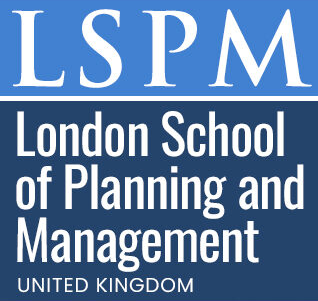Global Certificate Course in Heat Transfer Optimization Approaches
Published on June 20, 2025
About this Podcast
HOST: Welcome to our podcast, today we're talking with an expert in the field of heat transfer optimization. Can you tell us a bit about your experience and what drew you to this area? GUEST: Sure, I've been working as an engineer for over 15 years, focusing on energy efficiency and cost reduction. I was drawn to heat transfer optimization because of its potential to significantly improve system performance across various industries. HOST: That's fascinating. The course is described as equipping engineers, scientists, and researchers with practical skills in heat transfer analysis and optimization. How important are these skills in today's industry? GUEST: They're essential. With growing concerns about energy consumption and environmental impact, companies are looking for ways to optimize their systems. Having these skills can make a difference in improving efficiency and reducing costs. HOST: One of the topics covered is finite element analysis, or FEA. Can you explain how this technique is used in heat transfer optimization? GUEST: Absolutely. FEA is a numerical method used to solve problems that are too complex for analytical solutions. In heat transfer, it helps analyze temperature distributions, heat fluxes, and thermal stresses in complex geometries and boundary conditions. HOST: Another topic is computational fluid dynamics, or CFD. How does this relate to heat transfer optimization, and why should learners be excited about it? GUEST: CFD is a powerful tool for simulating fluid flow and heat transfer in various applications. It allows engineers to visualize and understand the underlying physics, leading to better design decisions and improved performance. HOST: Let's talk about heat exchanger design. What are some innovative thermal management solutions being explored in this field? GUEST: There's a lot of focus on developing high-performance, compact heat exchangers using advanced materials and manufacturing techniques. These solutions aim to maximize heat transfer while minimizing size, weight, and cost. HOST: Lastly, the course emphasizes heat transfer modeling and simulation for improved system performance and reduced environmental impact. Can you give an example of how this might play out in the real world? GUEST: Certainly. In data centers, for instance, accurate thermal modeling can help optimize cooling systems, reducing energy consumption and lowering the overall carbon footprint. HOST: Thank you for sharing your insights with us today. It's clear that the Global Certificate Course in Heat Transfer Optimization Approaches is both timely and relevant. We're confident that it will empower learners to make a real impact in their industries.
